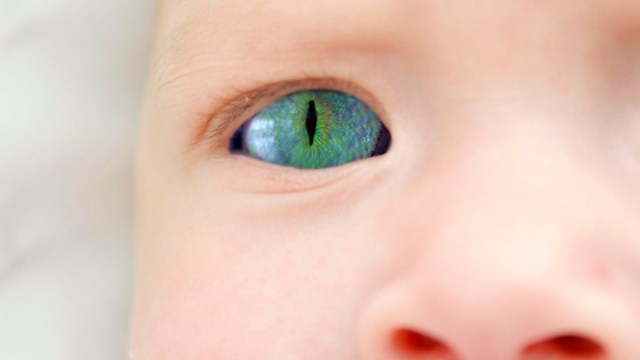Second Gravitational Wave Makes It Official: Merging Black Holes Don’t Burst!
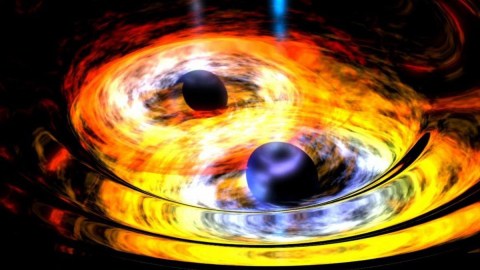
Earlier claims from NASA’s Fermi GBM team indicated that they just might. Here’s the nail in that coffin!
“If you’ve seen one gamma-ray burst, you’ve seen one gamma-ray burst!”
–Common quote among gamma-ray burst astronomers, emphasizing how little we know about them.
Last week, the LIGO collaboration announced the detection of a pair of merging black holes, a 14 solar mass black hole inspiraling and coalescing with an 8 solar mass black hole, only the second gravitational wave event ever seen. While some controversial evidence existed that the first black hole-black hole merger produced a gamma-ray burst, those results were hotly disputed, with advocates on both sides eagerly awaiting the results from the second merger. With the announcement yesterday, it became official: neither gamma-rays nor X-rays were seen, tipping the scales towards the long-awaited conclusion, merging black holes do not produce bursts of radiation.
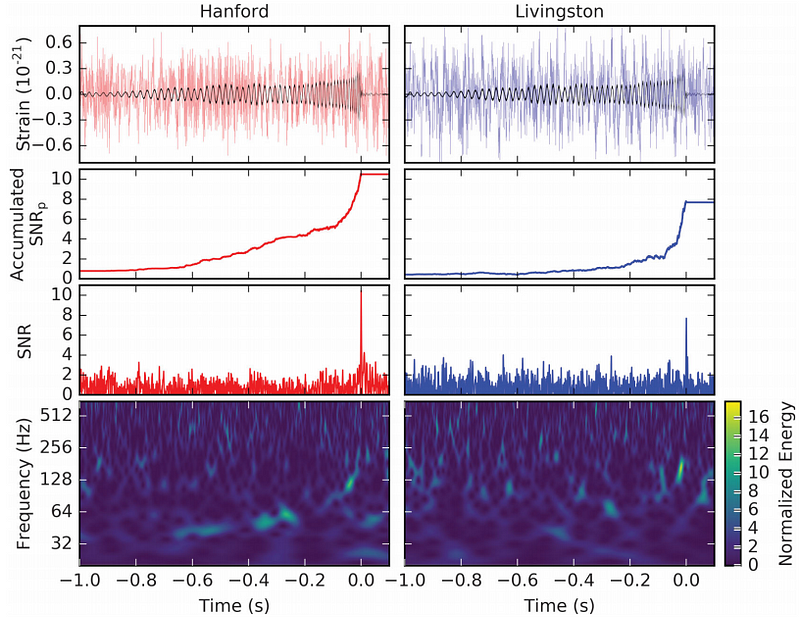
Before gravitational waves were ever directly detected, theorists were hard at work on the problem of modeling what different inspiral and merger scenarios would create. On the gravitational wave frontier, the results from numerical relativity were clear: a steady, slow rise in the amplitude and frequency of these waves would culminate in a rapid spike — known as a “chirp” — leading to a single compact mass that would ring down to a stable, spherical state. Approximately 5% of the total initial mass would be converted, via E = mc^2, into these ripples in the fabric of space itself. That’s exactly what we’ve seen happen on the gravitational wave side of every such event we’ve seen so far.

But in terms of light, or electromagnetic radiation, the types of masses spiraling in are predicted to result in very different outcomes. If two neutron stars inspiral and merge, the collision of their surfaces will lead to a complex, runaway fusion reaction, emitting an extraordinary amount of energy in an extremely short amount of time. This type of event, which LIGO is now sensitive to out to a few hundred million light years, is the suspected origin of short-period gamma-ray bursts. One of the main science goals of gravitational wave astronomy is to work with observatories such as ESA’s INTEGRAL and NASA’s Fermi satellite to measure both gravitational waves and high-energy radiation from these events simultaneously.
On the other hand, merging black holes are anticipated to have no such analogue; without a dense collection of matter outside of an event horizon, an inspiraling event shouldn’t produce high-energy radiation, even at the moment of merger. Sure, black holes may have accretion disks surrounding them, and that may cause matter to collide, accelerate and heat up, but even in that scenario, producing a strong burst of X-ray or gamma radiation doesn’t add up.
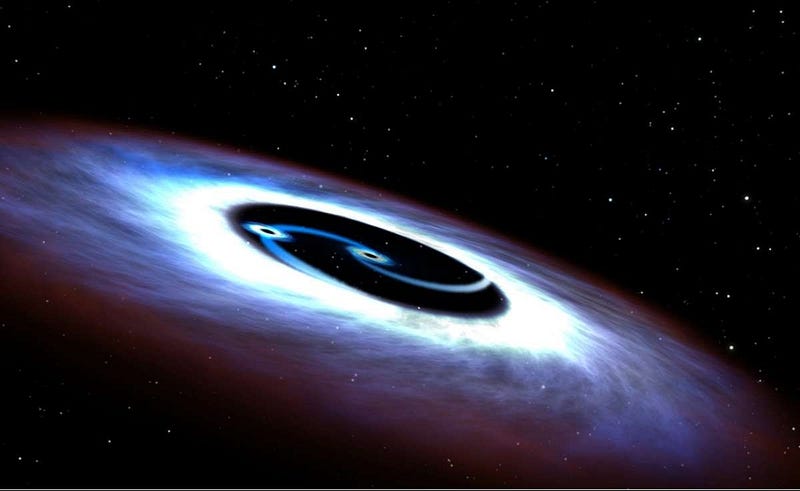
When the first gravitational wave event was announced, from September 14, 2015, the Fermi GBM team made a big splash by claiming a transient event just 0.4 seconds offset from the moment of the merger. Many theories were kicked around after this first event about the possibility of generating a high-energy burst of radiation along with a black hole merger, including some outlandish scenarios involving dual black holes merging from inside a single star. Meanwhile, both a reanalysis of the data using superior statistical methods and the ESA’s INTEGRAL satellite failed to confirm the GBM team’s results. We would have to wait for a second event to be certain.
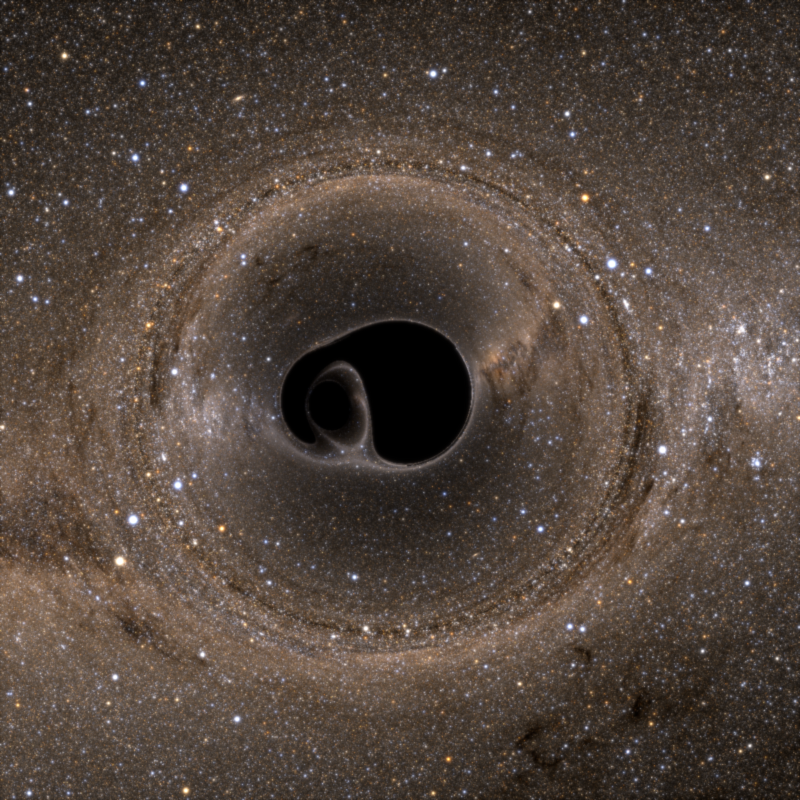
Yesterday’s announcement showed the world that, at 03:38 UTC on December 26, 2015, a second black hole-black hole merger occurred, between a 14 and an 8 solar mass black hole. Thankfully, the Fermi GBM data set is online and searchable, and you can look yourself for whether any events were triggered in the vicinity of that event. While there were potential events offset by hours on either side, neither X-rays or gamma-rays were seen coincident with GW151226. The satellite designed to monitor exactly those types of signals, the only one that gave a positive result previously, came up empty this time.

Unless some very surprising new results come out in the near future to overturn what we’ve learned so far, we can safely conclude that merging black holes do not have a strong, high-energy electromagnetic counterpart. No strong, fast gamma-ray transients; no energetic bursts of X-rays; no “flash” of light in any other all-sky monitoring wavelengths. Instead, we can hammer a nail into the coffin of the Fermi GBM team’s initial result, and learn a valuable lesson from the whole endeavor: in physics, when you claim 99.8% confidence (a ~3σ result), you’re still about 0.19997% away from the ~5σ result we require for a robust, valid detection we can rely on.
This post first appeared at Forbes, and is brought to you ad-free by our Patreon supporters. Comment on our forum, & buy our first book: Beyond The Galaxy!





